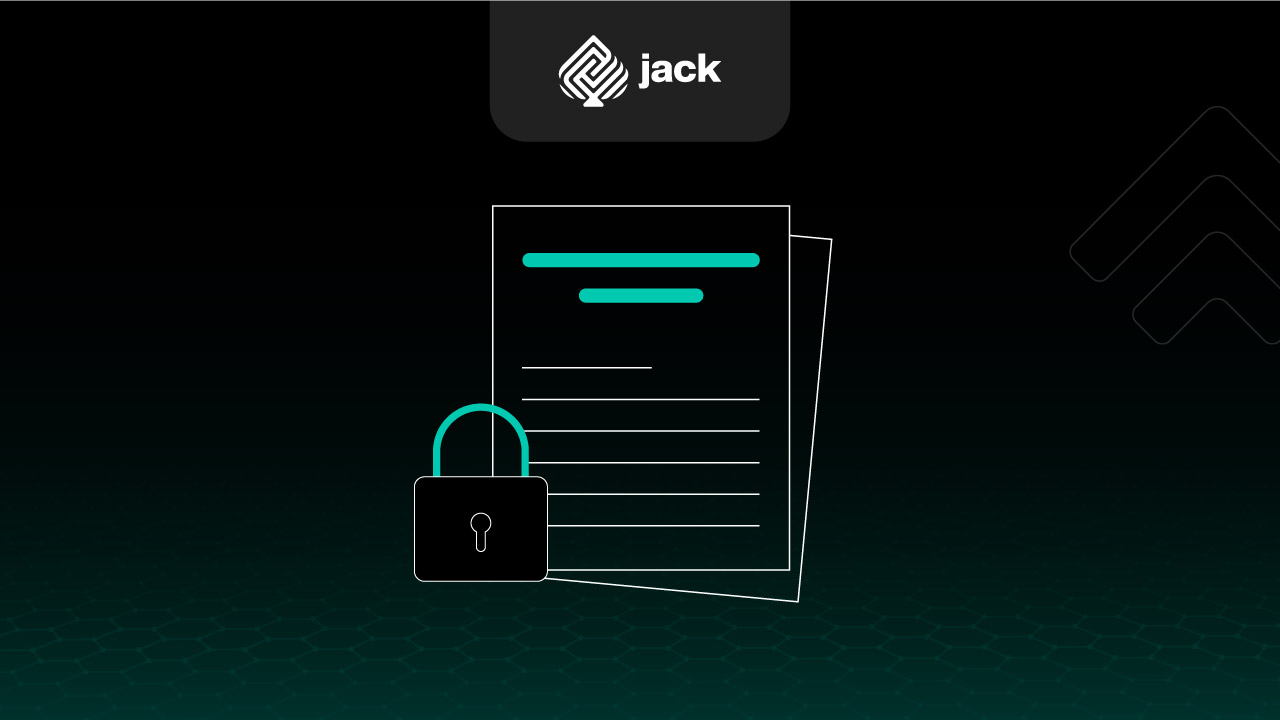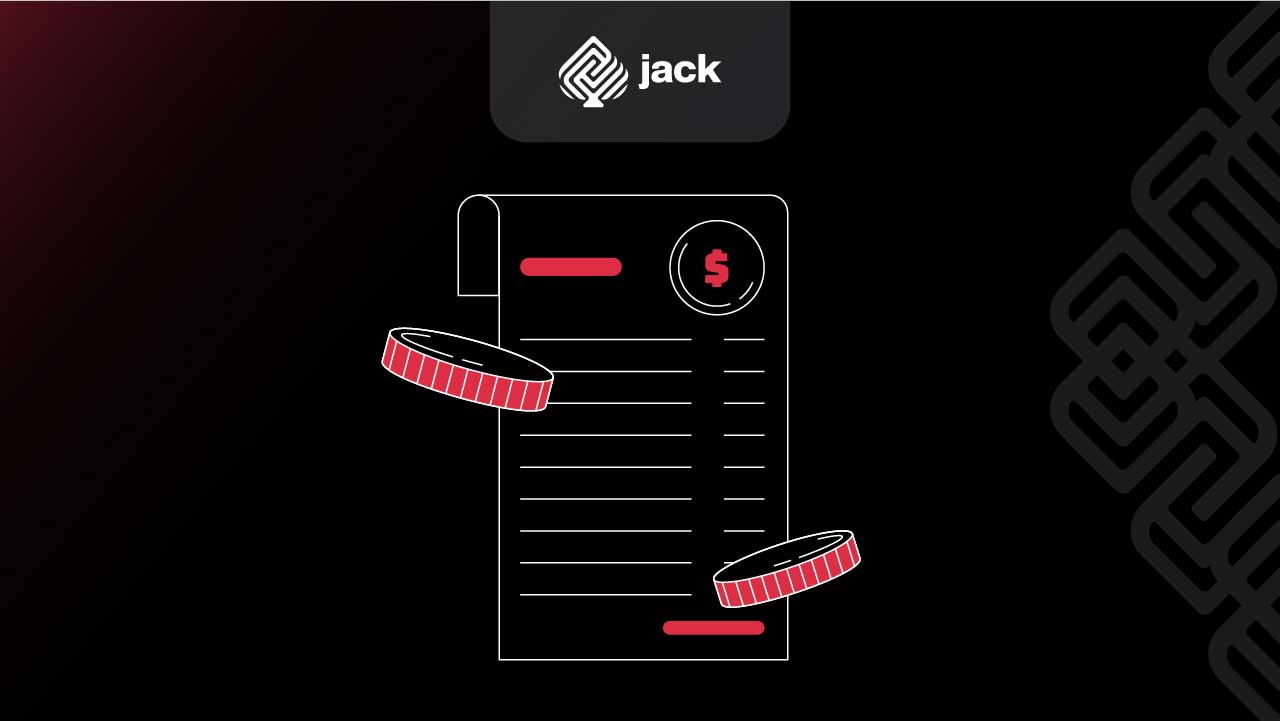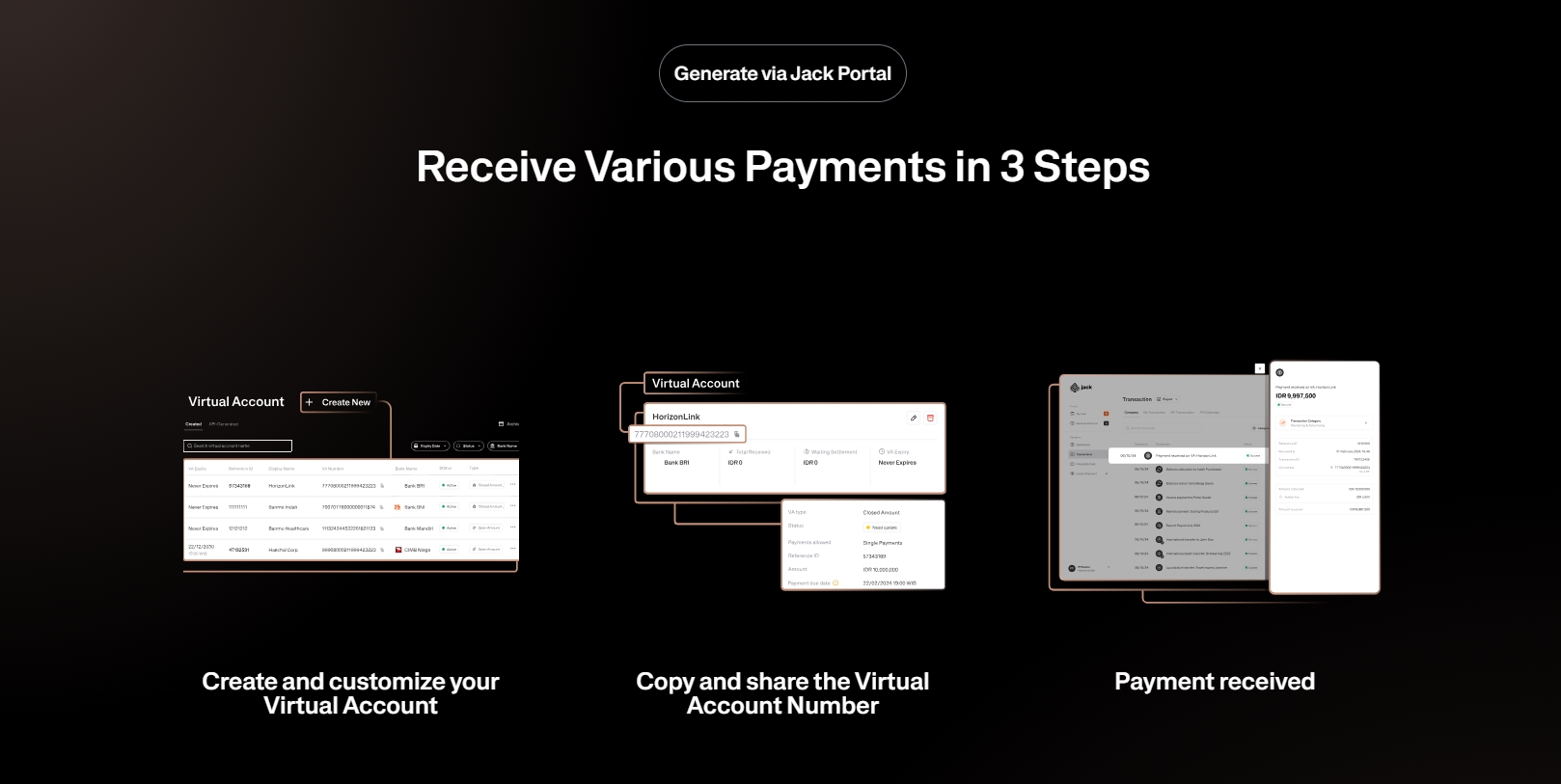In the world of business, organized and accurate record-keeping is one of the keys to success in financial management. One of the ways to ensure that all transactions are properly recorded is through transaction proof. This proof is not just a document but also a legal tool that confirms a transaction has indeed occurred between two parties. Without clear documentation, financial record-keeping in accounting can become chaotic, leading to errors.
So, what are the types of transaction proof you need to know? Let’s go through them one by one.
The Importance of Transaction Proof

Transaction proof refers to documents or tools used to record and verify that a transaction has occurred between two parties. These can be physical or electronic documents containing essential details such as the transaction date, the amount of money involved, and the identities of the parties.
Having transaction proof is crucial for businesses, as it simplifies and ensures accurate financial recording. It also serves as a strong foundation during audits. If financial statements need to be reviewed, transaction proof ensures all recorded data aligns with reality, preventing costly errors.
Common Types of Transaction Proof

Below are some of the most commonly used types of transaction proof, ranging from simple to more complex ones.
1. Receipt
A receipt is the most common transaction proof in everyday business activities. This document serves as proof that a certain amount of money has been received by a specific party, whether in cash or non-cash transactions. It typically includes details such as the recipient’s name, the amount received, and the purpose of the payment. Receipts must be signed by both parties—the one giving and the one receiving the payment.
2. Invoice
An invoice is a transaction proof used in the sale of goods or services, usually for credit transactions. It provides a detailed record of the transaction, including the quantity of goods or services purchased, the price per unit, the total amount payable, and the payment terms. Invoices play a crucial role in accounting, especially for businesses that operate on a credit payment system.
3. Cash Memo
A cash memo is issued by the seller to the buyer for immediate cash transactions. It usually contains detailed information such as the number of items purchased, the unit price, the total payment, and the name of the issuing company. Cash memos are commonly used for daily transactions conducted in stores or other business establishments.
4. Debit Note and Credit Note
Debit and credit notes are two types of transaction proof used when there are changes in the price or condition of goods. While they are related, they serve different functions.
- Debit Note: Issued by the buyer when there is a discrepancy between the received goods and the order. For example, if the items are damaged or the quantity is incorrect, the buyer can send a debit note to the seller requesting a price reduction or even a return.
- Credit Note: The opposite of a debit note. This document is created by the seller as proof that they have received returned goods from the buyer. It also confirms that the seller agrees to provide a refund or price adjustment.
5. Cash Inflow and Outflow Proof
- Cash Inflow Proof: Used to record all money received by a company, such as payments from customers or other revenue sources.
- Cash Outflow Proof: Used to document company expenses, such as payroll payments, raw material purchases, or debt payments.
Both are essential for creating transparent and accurate financial reports.

6. Memo
A memo is a type of transaction proof used for internal company transactions. It records money transfers between departments within a company. While not commonly used for external transactions, memos are still crucial as official documentation linking different business units.
7. Checks and Bank Drafts
- Checks: A written order instructing a bank to pay a specific amount of money to the person named on the check. Checks are typically used for high-value transactions, such as supplier payments or employee salaries. They provide secure payments since only the designated recipient can cash them.
- Bank Drafts (Bilyet Giro): Used to transfer money directly from the sender’s bank account to the recipient’s account. Bank drafts are commonly used for business-to-business transactions that involve large payments. Unlike cash transactions, bank drafts add a layer of security.
8. Bank Statement
A bank statement is a transaction proof issued by a bank that shows cash movements in a company’s account. It is crucial for reconciling financial records, ensuring that the company’s recorded balance matches the bank’s records.
Use Jack for your Business Needs
Now that you understand the different types of transaction proof, you can manage business transactions more efficiently and transparently. However, aside from maintaining well-organized records, using the right technology is just as important for smooth financial management.
If you want your business transactions to be easier, safer, and more efficient, it’s time to join Jack.
Jack offers an All-In-One Account solution that includes essential business services such as corporate cards, cross-border payments, payroll transfers, and bill payments, all within one easy-to-use platform.






